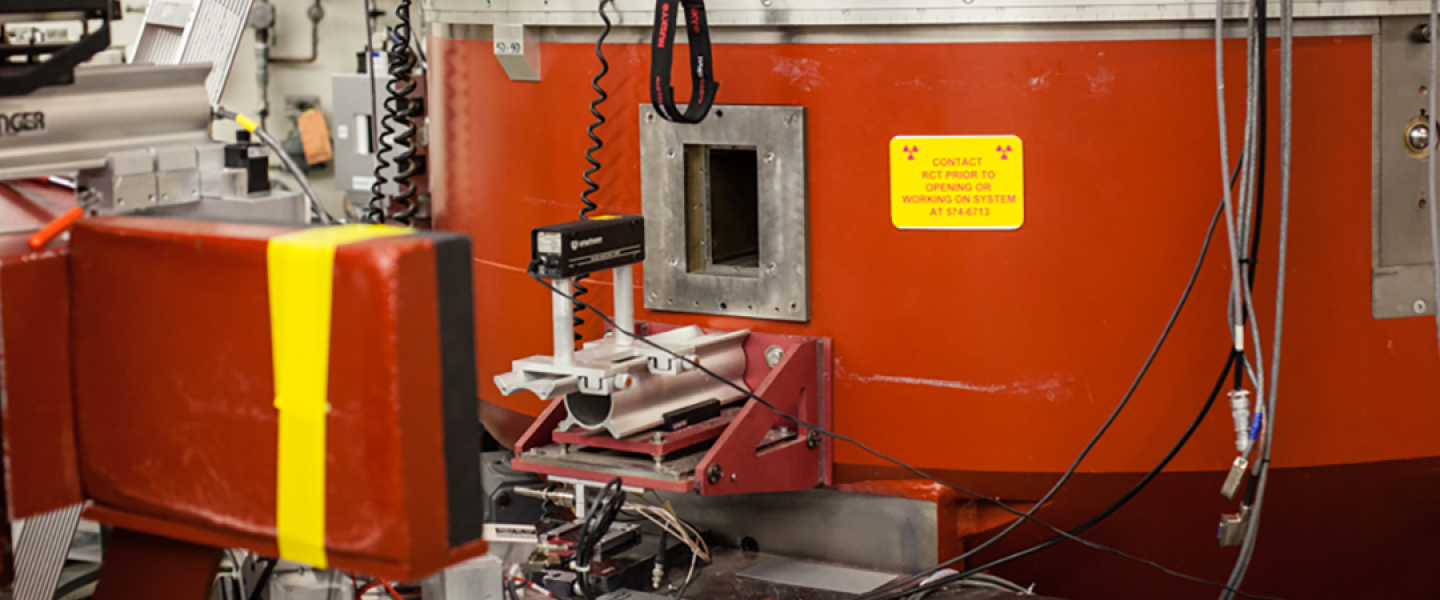


The HB-1 triple axis spectrometer is an excellent instrument for measuring magnetic excitations in solids, and for measuring structural and magnetic order parameters in bulk materials. This instrument is most beneficial to the condensed matter and materials science communities. Due to its versatility and easy access this instrument can be used for parametric studies using a variety of ancillary sample environments to provide a complete control of thermodynamic variables such as temperature, magnetic field, and pressure. During the last few years most of the demand for this instrument has been focused in studies of unconventional superconductors, quantum magnets, thermoelectrics, and multiferroics.
Examples of typical experiments carried out at HB-1 over the last few years are listed below:
Oak Ridge National Laboratory is managed by UT-Battelle LLC for the US Department of Energy